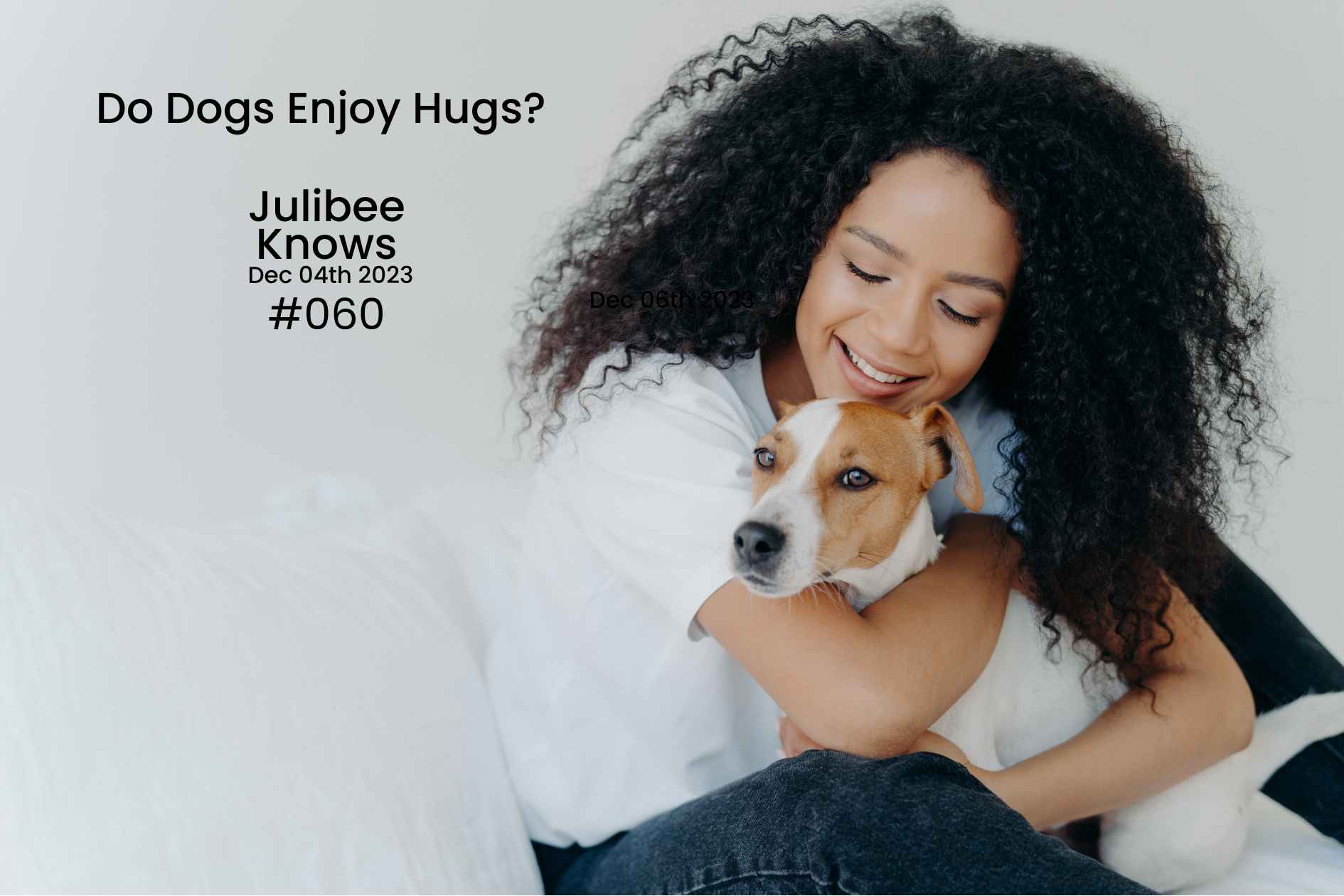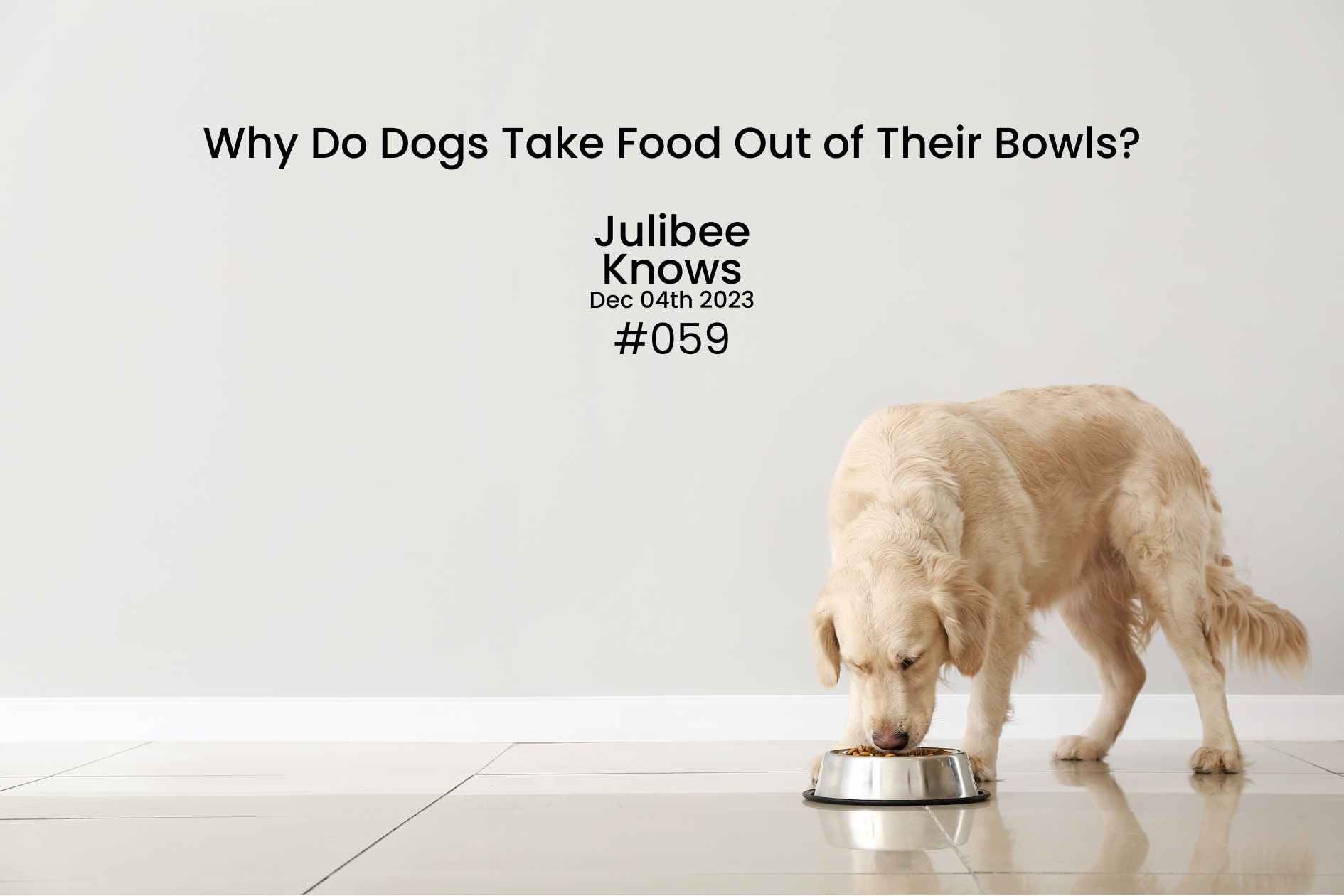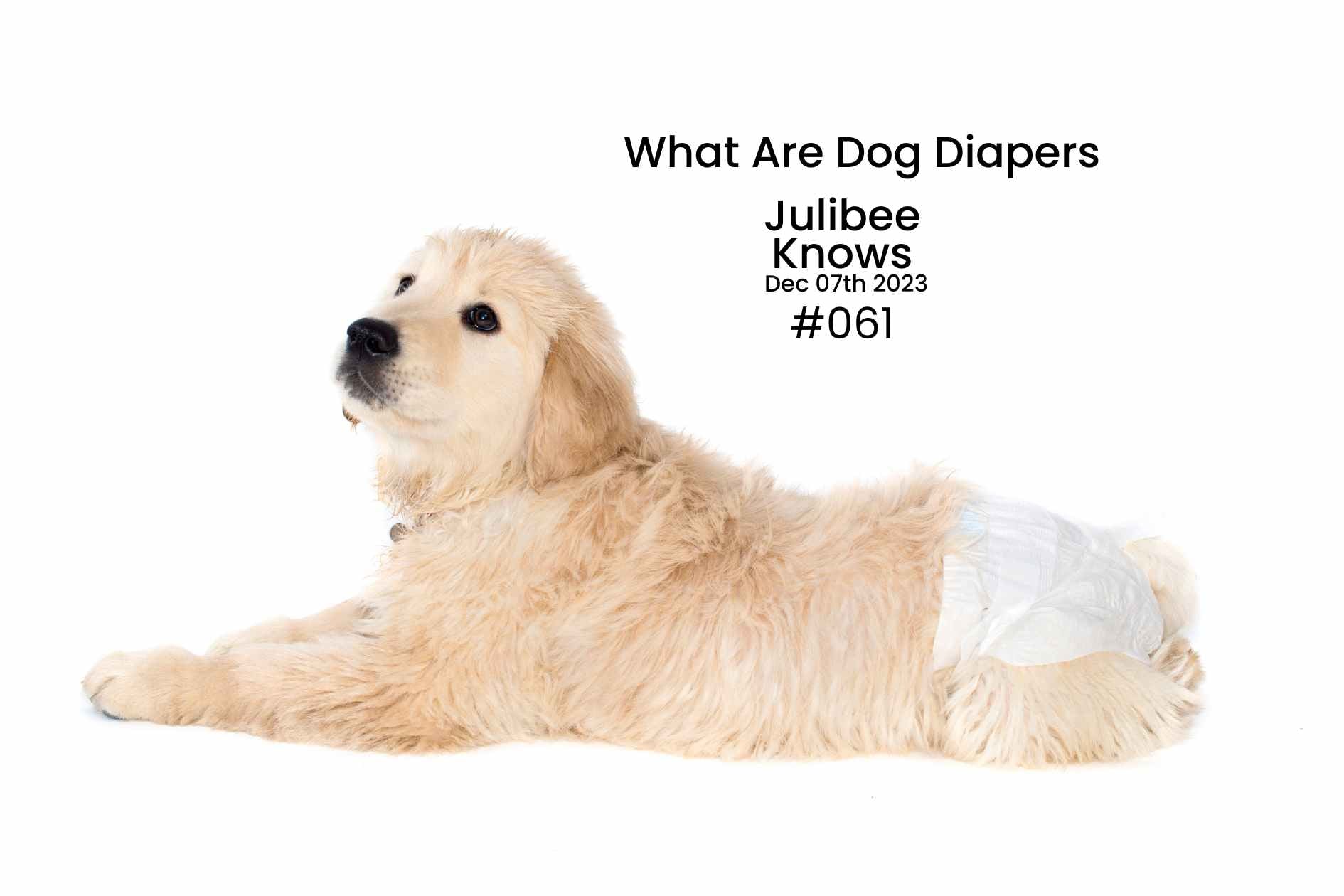
Do Dogs Enjoy Hugs? Decoding Canine Affection and Ensuring a Happy Bond
Explore the complex world of canine affection. Learn why dogs might not appreciate hugs, the signs of discomfort, and discover alternative ways to express love that ensure your furry friend feels safe and cherished.
Inside this Article:
While hugs are a common expression of love among humans, dogs have their own unique ways of showing affection—mostly through sniffing each other's rear ends. So, do dogs actually enjoy being hugged by humans? Understanding a dog's perspective is crucial, as miscommunication can lead to stress or even biting. Although hugging is an instinctive way for humans to express love, we need to find more suitable ways to convey emotions to our canine companions.

Dogs Don't Particularly Like Hugs
If you closely observe canine behavior, you'll notice that dogs don't hug each other. Instead, they might playfully wrestle or engage in genuine fights. Therefore, when you hug a dog, it doesn't comprehend what you're trying to convey. In fact, this action often confuses them, making them uncomfortable or even fearful in your embrace. Human hugs, often accompanied by direct eye contact or bringing the face close to the dog, may be perceived as threatening or aggressive. So, while humans find comfort in hugs, dogs generally don't.
You might think your dog loves your hugs because they tolerate them without complaints. However, most dogs are merely enduring it. While some individual dogs might not mind, a significant number feel stressed. In a study where animal experts observed hundreds of photos of people hugging their dogs, despite the owners' smiling faces, 81% of dogs exhibited clear signs of stress.
If a dog feels enough stress from hugs, it might resort to biting. Even if your dog tolerates your hugs, they may not tolerate hugs from strangers or children. Therefore, teaching children safe ways to interact with dogs, especially unfamiliar ones, is crucial.
Recognizing When Your Dog Is Uncomfortable
To understand when your hugs make your dog uncomfortable, it's essential for owners to learn how to read their dog's body language. This allows you to grasp their emotional state in real-time and understand what they're trying to communicate. Some stress indicators are evident, such as low growls or bared teeth. Others are more subtle, requiring attention to every aspect of the dog. The following list helps you understand when a dog might feel uncomfortable:
-
Stiff Body: When hugged, a dog with a stiff or unmoving body is not enjoying the experience. A happy dog's body should be relaxed and soft.
-
Turned Head: Dogs uncomfortable with a situation might avoid eye contact by turning their head to the side or even closing their eyes.
-
Half-Moon Eyes: Also known as whale eye, where the whites of the eyes are visible in a half-moon shape, indicating stress.
-
Drooped Ears: An anxious dog may lower its ears, signaling discomfort.
-
Tail Down or Tucked: A dog that's unhappy may lower its tail or tuck it between its hind legs.
-
Yawning: A sudden yawn is not a sign of fatigue but can indicate stress.
-
Nose Licking: Rapid licking of the nose can signify discomfort.
-
Raised Paw: If a dog is unsure about something, it might lightly lift one front paw.
Teaching dogs to accept affectionate hugs is not just about safety but also helps them relieve stress. Desensitization and counter-conditioning can change a dog's negative association with hugs, making them more receptive. Start by associating human touch with positive things like treats, gradually increasing the depth of interaction until you can gently hug your dog. Always reward them after each hug to reinforce positive behavior.
Alternative Ways to Express Affection to Dogs
Even if you've trained your dog to tolerate hugs, it might not be the best way for them to receive affection. Owners should explore other ways that dogs find more enjoyable:
-
Belly Rubs: Many dogs love having their bellies rubbed, signaling trust and affection.
-
Back or Ear Scratches: Gently scratching the back or behind the ears can be very pleasurable for dogs.
-
Playtime: Engaging in games like fetch, hide-and-seek, or tug-of-war provides mental stimulation and positive reinforcement.
-
Positive Reinforcement Training: Teaching dogs new tricks or behaviors through positive reinforcement is mentally stimulating and rewarding.
By learning the correct ways to communicate with dogs, you'll find that any form of positive attention signals to your dog how much you care.

